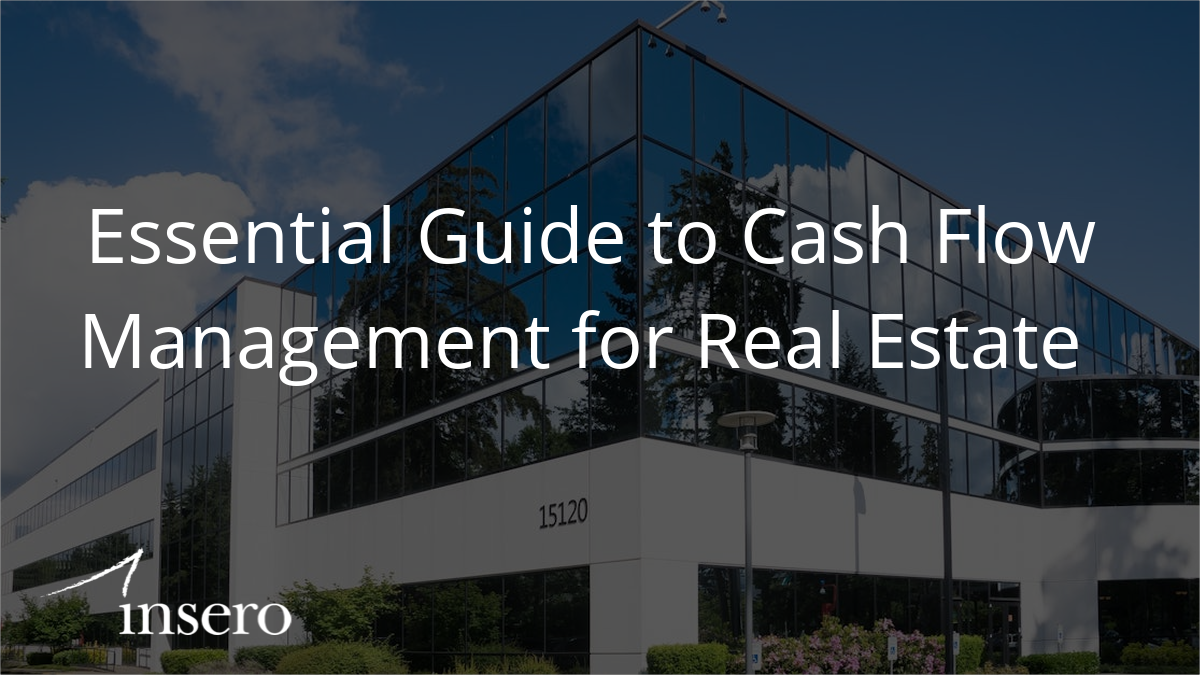Taking a fresh look at active vs. passive plan investment options
Prudence dictates that qualified plan sponsors periodically re-examine important policies of their retirement plans. One area to consider is the balance of actively managed funds vs. passively managed (index-based) fund options for the plan’s participants. An approach established several years ago may be based on data and market conditions that have since changed.
Note the difference
A helpful starting point to consider the issue is the premise behind both strategies of active vs. passive plan investment options:
Actively managed funds. Active management assumes that there are stocks whose value has been under- or overestimated by the market, and that investment managers with superior knowledge and foresight can exploit the situation and beat benchmark indices consistently. The basic case for actively managed funds is the belief that superior investment performance will be achieved, even after accounting for higher management costs. Also, active management may help cushion a fall because of the manager’s ability to dilute the portfolio with cash if the fund’s stock sector sharply declines.
To outperform index funds, actively managed funds first must clear the hurdle of a higher cost structure. For example, over a 20-year period when the average annual return on a given portfolio of stocks is 8%, an index fund with an expense ratio of .2% would wrack up 26% in greater returns than an actively managed fund with a .75% expense ratio.
Passively managed funds. Passive management, sometimes referred to as index-based investing, assumes that stocks are generally valued accurately enough by the mass of investors that collectively determine market prices. Thus, making successful bets on outliers cannot be regularly accomplished.
Investors choosing index-based investing strategies generally like knowing what they’re invested in and that it won’t change. In addition, poor investment performance can’t be blamed on bad investment management, and management expenses are lower compared to actively managed funds.
Make comparisons
Making apples-to-apples comparisons of active and passive options is tricky. Standard & Poor’s (S&P) performance comparisons (known by the acronym SPIVA) adjust for factors that can lead to misleading comparisons.
One factor is “survivorship bias.” Over long periods, actively managed funds that underperform tend to disappear, and their results aren’t reflected in the data of the better-performing survivors. Another is “style consistency” — actively managed funds sometimes stray from, then return to, the investment style that’s presented to investors as the fund’s fundamental strategy.
Still another variable is whether reported fund category performance results assign greater weight to large funds’ performance, than smaller ones. S&P believes that extreme (good or bad) results from a handful of small players would create a distorted picture of that fund category as a whole. Thus, “asset-weighted” performance data gives a more accurate picture.
With those (and other) factors taken into consideration, the answer to the overall performance contest between passive and actively managed equity funds is “it depends.” The biggest variable is whether the funds focus on large, mid- or small-cap stocks. In general (results can vary by time period and sector subcategories), the index funds come out ahead in the large- and mid-cap “core” stock categories, and actively managed funds (on average) win the race in the small cap growth sector. Part of your procedural prudence should include a review of SPIVA’s annual and mid-year “scorecards.”
Beware of “chasing returns”
Data that’s still frequently introduced in the passive-vs-active management debate is an academic study published in the Journal of Finance in 2008. “The Selection and Termination of Investment Management Firms by Plan Sponsors” crunched data from 3,400 plan sponsors over a nine-year period.
The study concludes that plan sponsors tend to hire active investment managers after those managers have achieved “large excess returns.” However, the study found that this “return-chasing” behavior didn’t continue to deliver positive excess returns. This finding buttresses the disclaimer found on investment product descriptions: Past performance is no guarantee of future results.
Decide what’s best
Even if research suggests that passive investment strategies for most equity asset categories over multiple market cycle time tend to outperform active ones, that doesn’t necessarily indicate a need to go “all passive” with a retirement fund lineup. In addition to legal considerations (see “Legal considerations in the investment selection process” below), there’s the important factor of participants’ own preferences.
Your retirement plan serves as an attractive element of your total compensation package. If employees (or prospective ones) want to put their faith in actively managed funds, your plan could let them — so long as you’ve carefully chosen and continue to monitor such funds closely.
Also, if you’ve chosen a target date fund series as your qualified default investment alternative, there’s a strong probability that its underlying portfolio of funds includes some actively managed ones. And remember, target date funds are, by nature, “managed” in the sense that asset managers are making decisions not only about which funds to incorporate into them, but also each fund’s glide path.
Choose carefully
There’s always the possibility that the actively managed funds you select will indeed outperform the equivalent indices. Remember, variations in fund performance may play a smaller role in participant retirement readiness outcomes than their contribution patterns. It’s a lot to consider. Contact your investment advisor for help sorting out the possibilities of active vs. passive plan investment options.
Sidebar: Legal considerations in the investment selection process
Litigation in recent years has focused on whether qualified retirement plans force plan participants into investing in overly expensive funds. Does this have any implications for the mix of actively and passively managed funds in your plan’s investment lineup? Probably not.
Giving your participants a reasonably wide range of choices is strongly encouraged, and governed by ERISA regulations. The different risk/reward characteristics of actively managed and index-based funds fit into that framework. At least one court has held that ERISA doesn’t require fiduciaries to find and offer the cheapest possible fund.
The key theme of ERISA isn’t the outcome of a plan fiduciary’s decision, but rather the level of prudence exercised in the process used to make that decision. Documenting that decision-making process is also crucial.
Want to learn more?
Join our Employee Benefit Plan Resources group on LinkedIn for more frequent updates on recent developments and best practices and discuss related topics with your peers.




